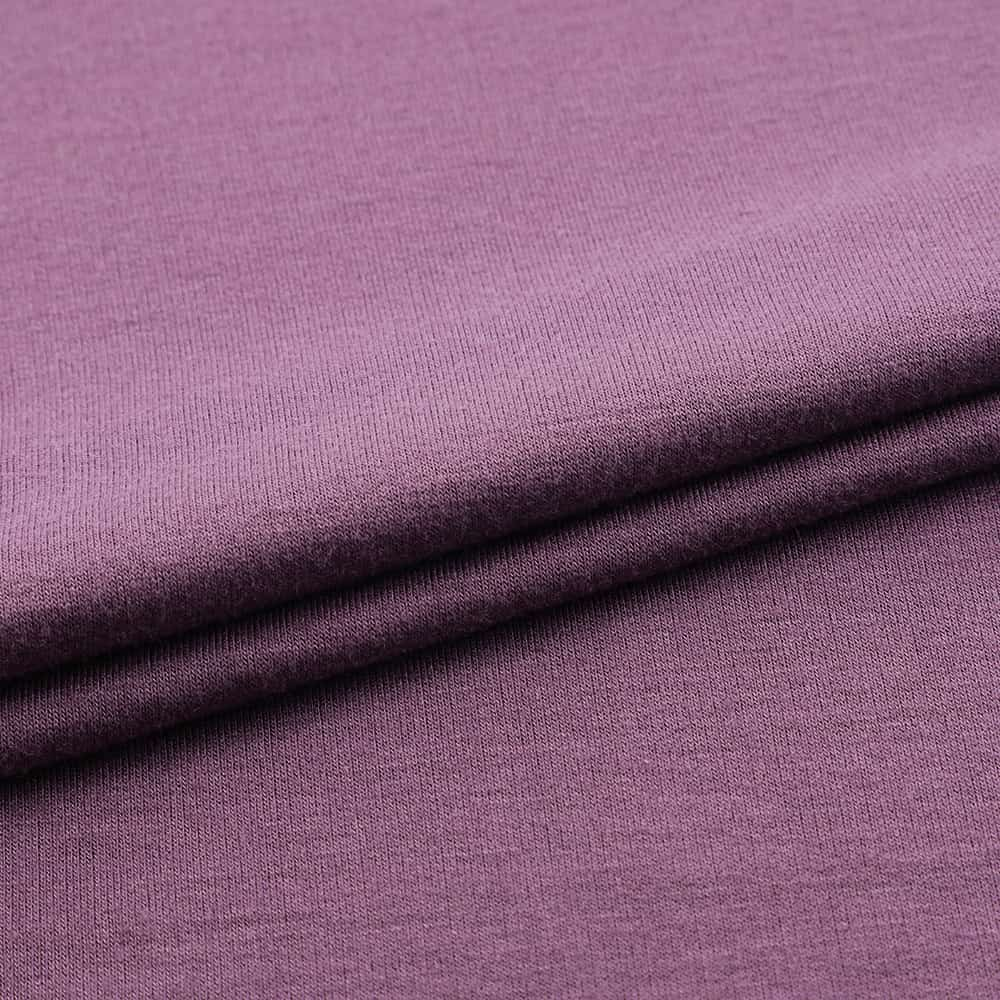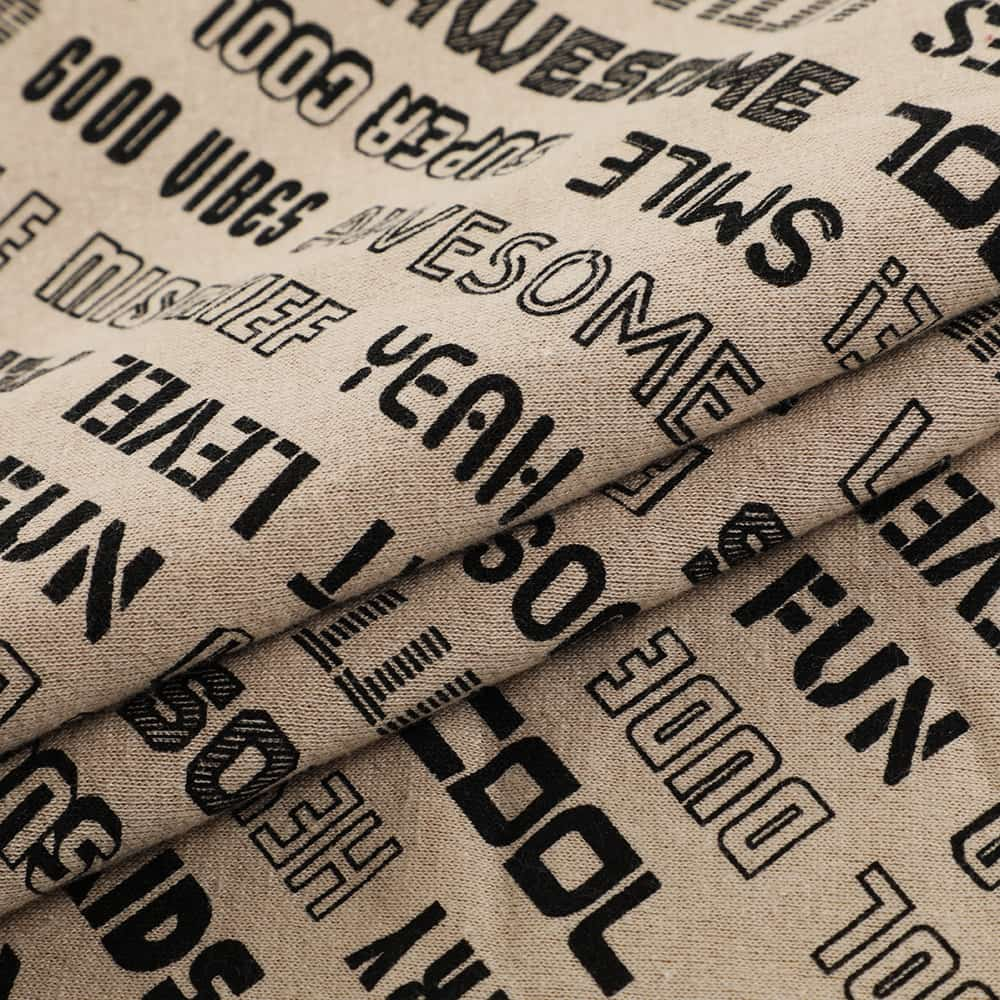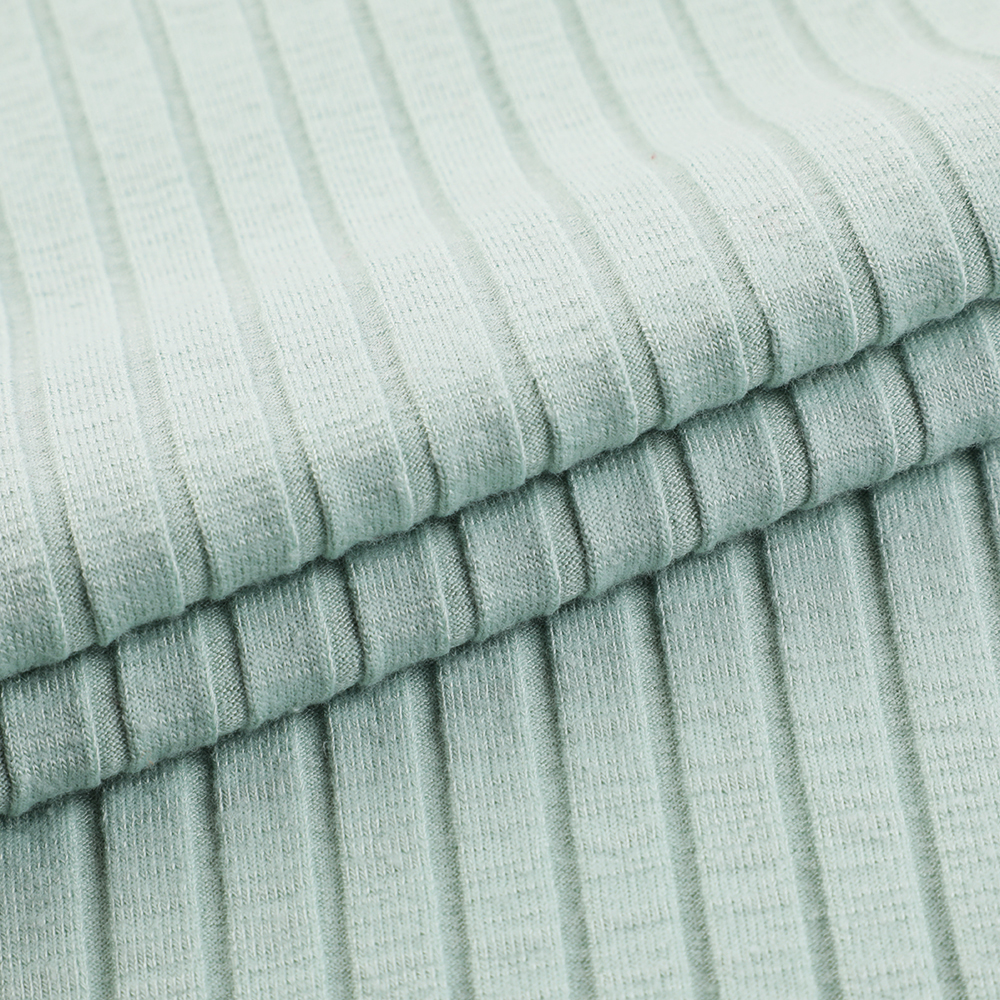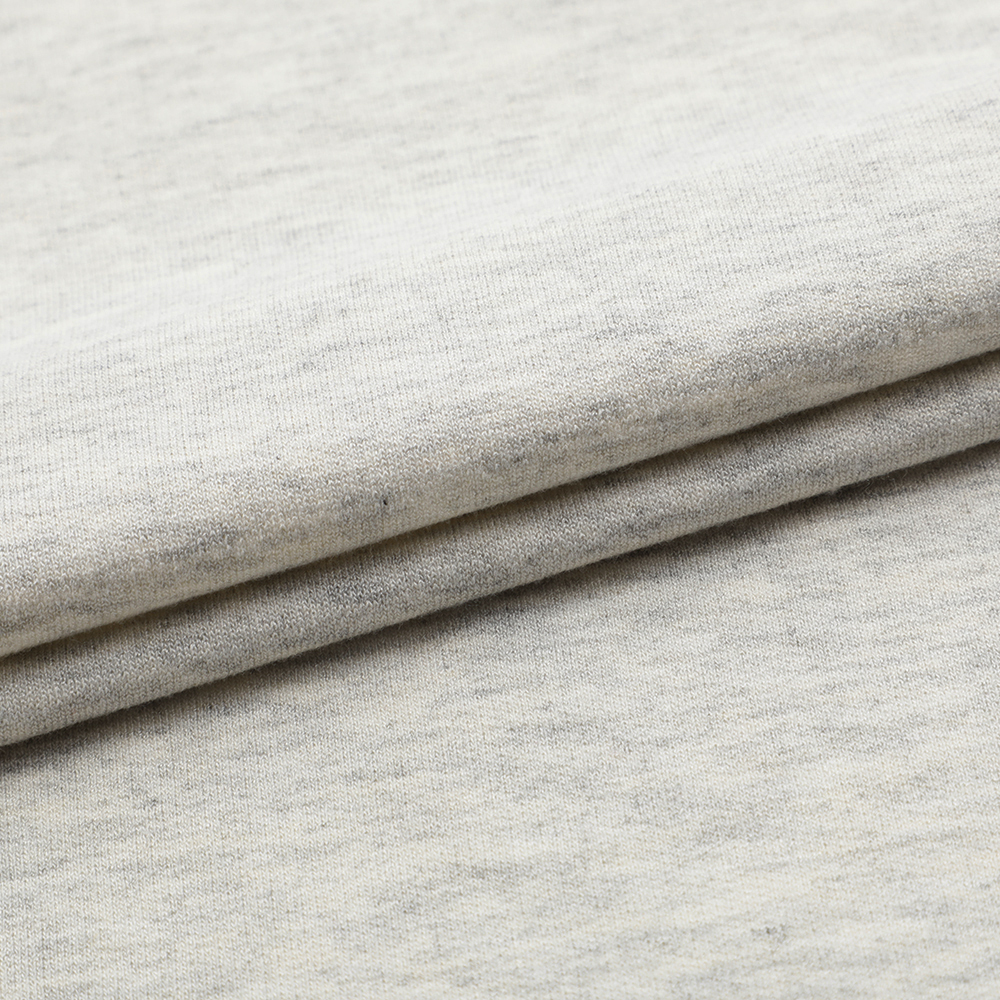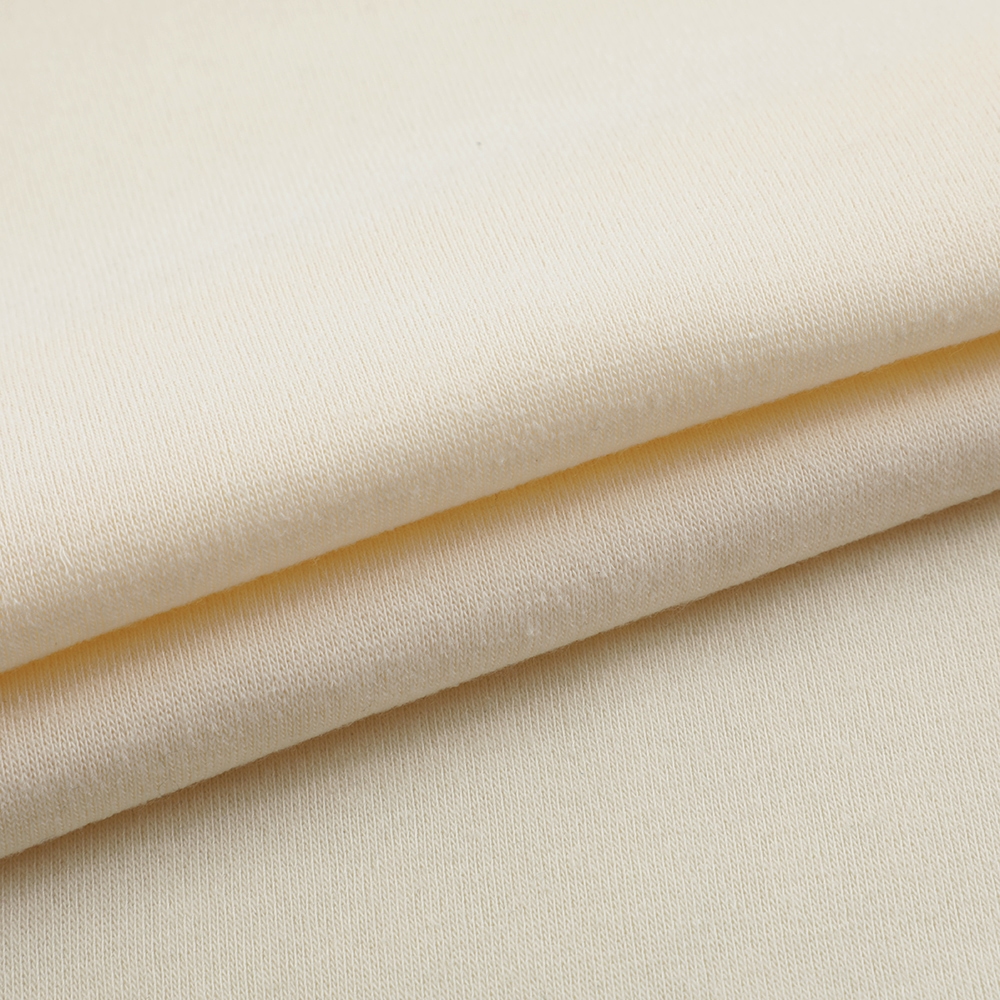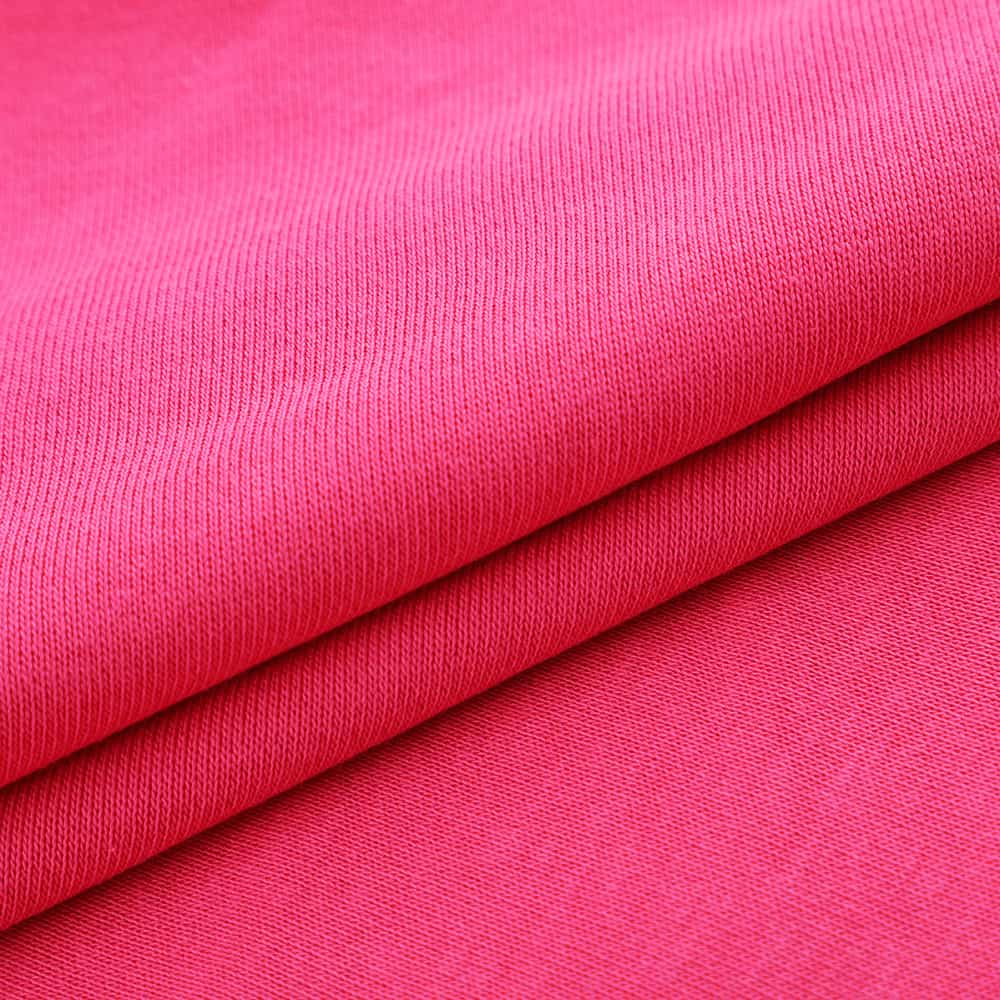China wholesale Rib Knit Fabric Spandex Manufacturer – TCR rib knitted spandex stretch fabric – Yinsai
China wholesale Rib Knit Fabric Spandex Manufacturer – TCR rib knitted spandex stretch fabric – Yinsai
China wholesale Rib Knit Fabric Spandex Manufacturer – TCR rib knitted spandex stretch fabric – Yinsai Detail:
Classification and difference of ribbed hem
Ribbed braid is a braid that starts from a line in order to form a coil longitudinal line in the table. Commonly used in t-shirt collar, cuffs, with a better front and back body, elasticity, (greater than the elasticity of easy to pull cotton) is mainly used for casual wear. As opposed to plain, with socks, generally nothing cotton socks are plain, their striped protrusions are ribbed, so, the classification of ribbed hem and the difference, take a look!
There are two kinds of ribbed hem in general, one is horizontal machine ribbing, the second is round machine ribbing, horizontal machine ribbing can be divided into two small categories of computerized horizontal machine ribbing and general horizontal machine ribbing, the big computerized horizontal machine is very expensive and can knit patterns, but the general computerized horizontal machine does not have this function. Nowadays, many flat knitting machines are used in the market to weave ribbing.
Ribbing includes the texture of the rib surface, the structural organization and the tactile and visual touch of its surface. The muscle effect brought about by the ribbed knitting method can present a visual texture of concave and convex muscles on the surface of the fabric. The texture is characterized by the ease of forming either transverse or longitudinal muscles in knitted fabrics. The ribbed texture is characterized by the combination of threads, which have diverse forms and expressiveness through their directionality, movement, and unique variations. The natural linearity formed by the ribbing is harmonized in a dynamic and sparse variation, giving the knitted fabric a finishing touch.
Ribbed hem tissue is compounded by rib tissue and needle tissue. This tissue has the advantages of small transverse stretch, good dimensional stability, thickness and sharpness. The undergrain tissue is compounded from non-ribbed tissue and uneven needle tissue. According to the order of the two types of coils in one organization, the Swiss-style point organization has a tight structure, small stretch and good dimensional stability, and the style point pattern organization has the characteristics of clear vertical pattern of coils, full surface and large width. These two tissues are widely used in the production of knitted jackets.
The basic structure of ribbed fabric double-sided circular machine fabric is that the front coil longitudinal row and the reverse coil longitudinal row are proportionally configured, and the common ones are 1-rib (flat rib), 2-rib, and polyurethane rib. Our ribbed fabric: it is a common double-sided fabric, also known as cotton blanket, crossed and compounded by two ribs, common ones are cotton blanket, plucked needle cotton blanket, polyurethane cotton blanket, etc.
The above introduction is the classification and difference of ribbed hem. Ribbed can be understood as ribbed tissue, which is a knitted fabric made of raw materials such as silk. Generally knitted according to the stitch spacing of ribbing, double needle bed circular or flat knitting machine can be produced, its organization to ribbed needle spacing knitting, therefore is called ribbed, plain fabric front and reverse alternately arranged on a horizontal row, the bottom two sides of the appearance of symmetry, its organization in the lateral stretch with elasticity, not easy to curl. Due to the alternating composition of a needle, the 1X1 ribbing is used to send the life, in addition, because the needle plate and kettle needles are knitted movement at each knitting mouth, so it is also called 1X1 full needle ribbing, the elasticity of the ribbing depends on the structure of the ribbing, the elasticity of the thread, friction properties, and the density of the knitted fabric.
Product detail pictures:
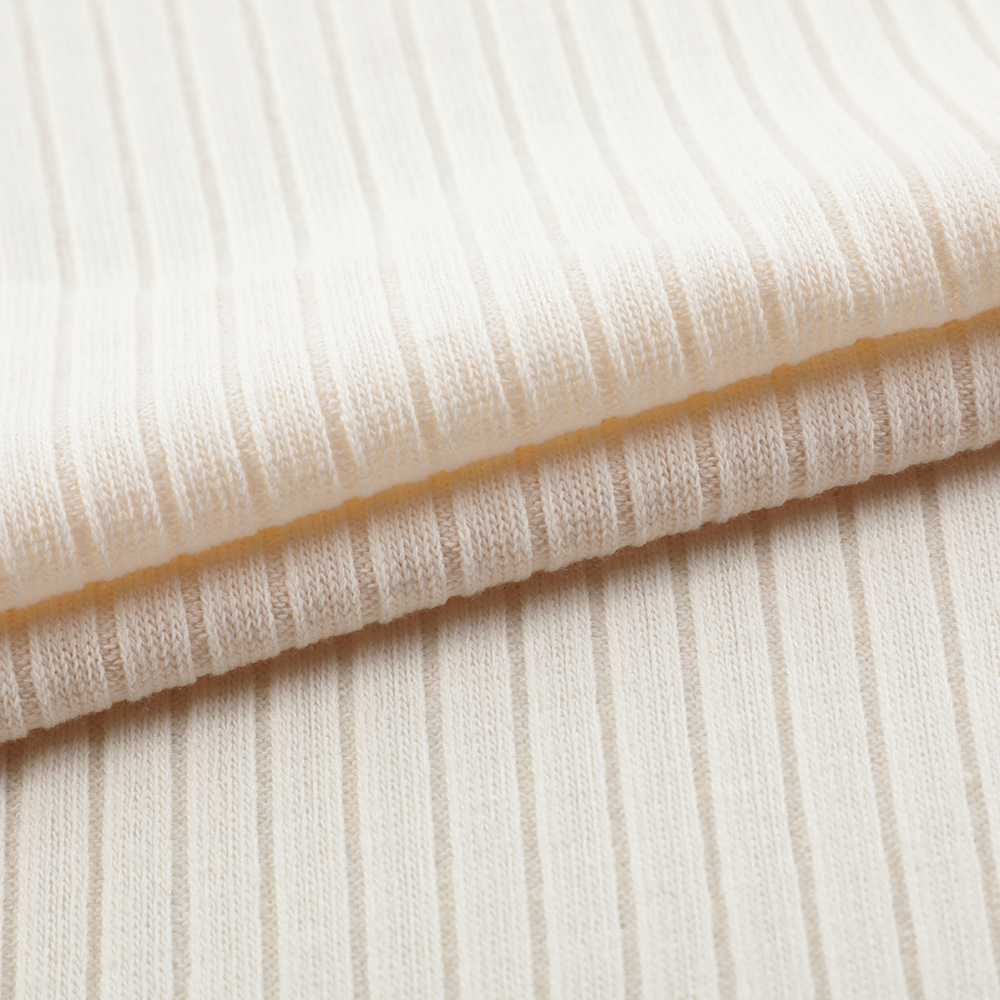



Related Product Guide:
We depend on sturdy technical force and continually create sophisticated technologies to meet the demand of China wholesale Rib Knit Fabric Spandex Manufacturer – TCR rib knitted spandex stretch fabric – Yinsai , The product will supply to all over the world, such as: Georgia, Mexico, Nicaragua, Our company upholds the spirit of "innovation, harmony, team work and sharing, trails, pragmatic progress". Give us a chance and we will prove our capability. With your kind help, we believe that we can create a bright future with you together.
The company has a good reputation in this industry, and finally it tured out that choose them is a good choice.

